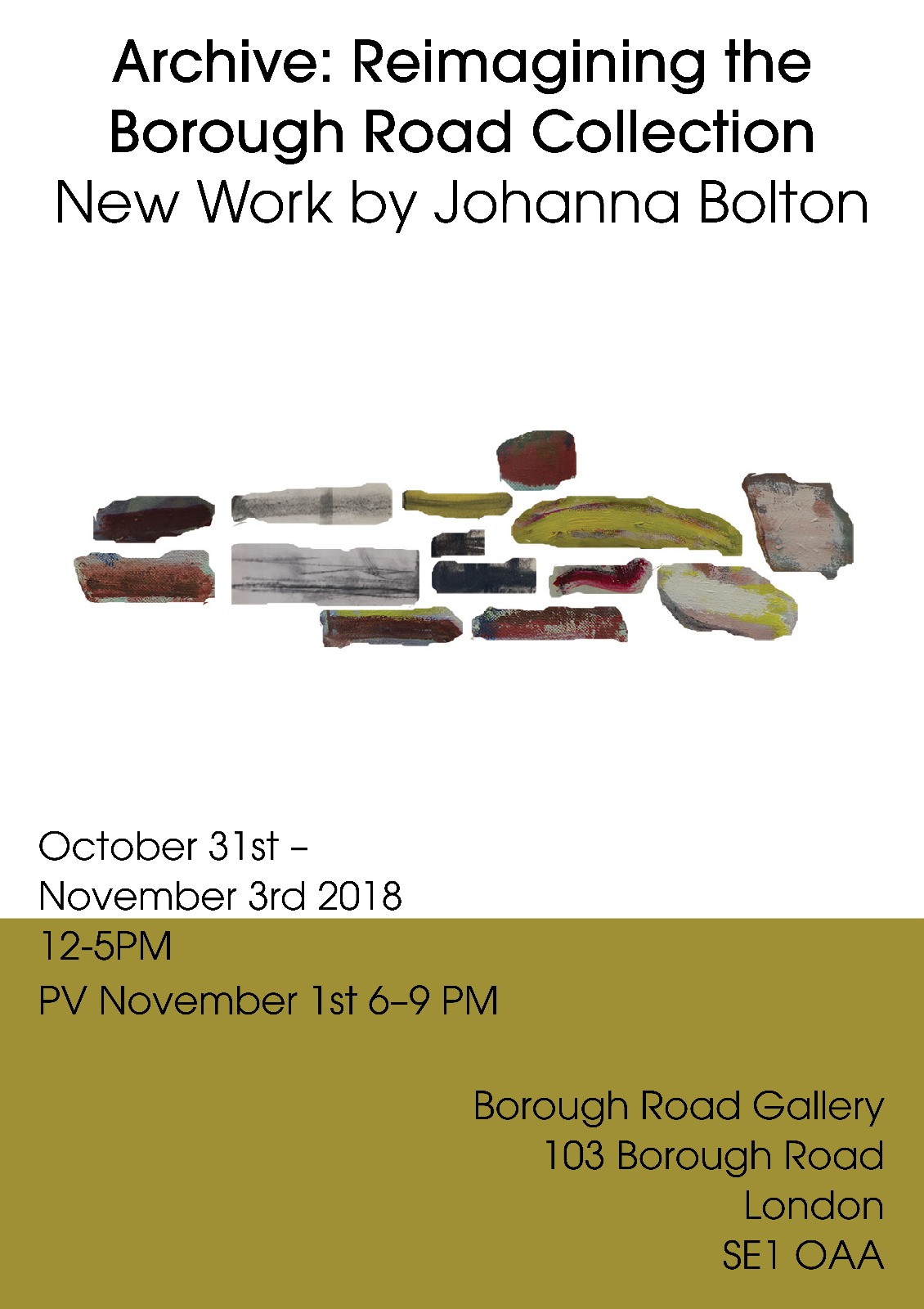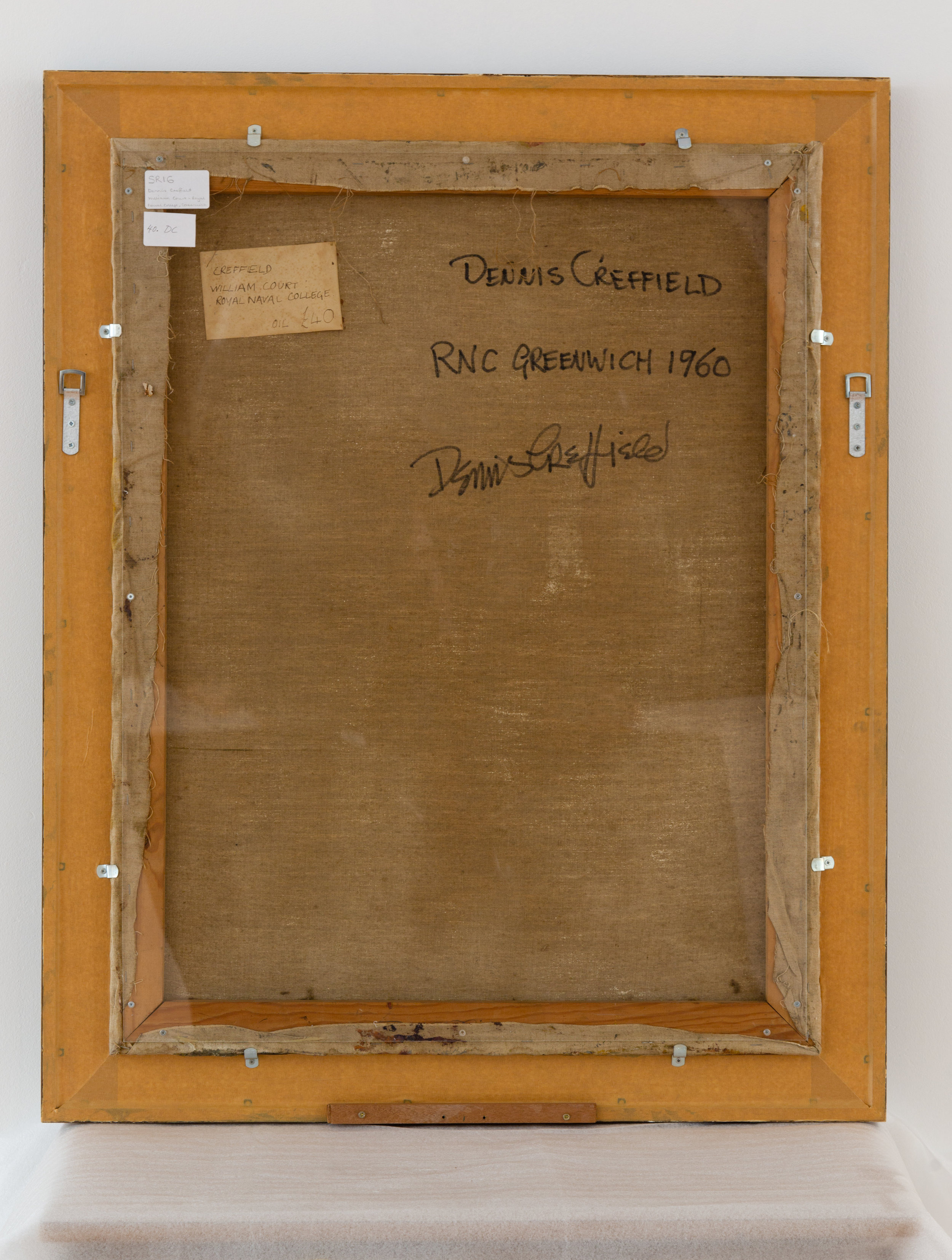David Bomberg’s niece, Cecily Bomberg in conversation with Nicola Baird, PhD candidate, LSBU:
NB: I wondered if you could explain how you relate to David Bomberg?
CB: My father, John was the baby of the Bomberg family, my mother, Olive was 12 years his junior, an Irish Catholic girl. David was my uncle and he was very keen on my mother because she turned my father around and put him on the straight and narrow- he adored her. David had been 22 when his mother died, he was already launched and she’d done everything for him but my father was 7 so you can imagine and then the others were all older and grown up so you can imagine what he went through….
NB: What are your memories of David Bomberg?
CB: What are my memories? His personality and little things about him are really what I know, mostly of course because I was only 15 when I last saw him, that’s how old I was and so mostly of course it is childhood memories. My first memory of him was in a camp in Wales at the end of the war, we were sent there, I think, because of some very late bombing. My mother had us in a hotel and every day we’d go into the fields to visit my uncle and aunty Lilian and Diana who were staying in a tent there, I remember I hated going there because he might have been a bit moody, I don’t know. She loved animals, but he hated them, he thought they should all be of purpose, I had a pet dog, my first dog, Nuala and what he did was he took her into the sea with him to bathe, cleanliness was a big thing with him, he used to even wash his suits in the sea, he took her into the sea and she was the soap holder, he put carbolic soap in her mouth! I remember him in the camp there, I’ve always had a word difficulty, I was a little dyslexic, and he obviously was in a mood but he liked joking, so one day he said to me, I was about 5, go into the farm and get the letters, and of course I brought him back a head of lettuce, so every time I would go there to visit he said where’s Cecily, Cecily I need my letters, and I would come back with the head of lettuce and they would all laugh at me. The next really strong memory I have of him is that whenever he came to visit us and my parents would ask, Cecily, do you want to ask Uncle David something? And then I had something that I had wanted to ask someone, you know anyone, and they would say ask Uncle David like he was the great sayer, is that how you say it? It’s like he was the oracle or something, now that is my real strong memory of him, and I would have been about 8 or 9 maybe. To me he spoke like a foreigner, he spoke slowly and methodically and every word was weighed, he would be thinking and carefully weighing but by the time he had finished I couldn’t remember what I’d asked! He liked me as a child because I was quiet, I wasn’t a running around child and he thought, that I should be put to music, there was something sad about me and that I needed solace and that the violin would be a good thing for me. Somebody told me that he actually purchased the violin, but I don’t think he ever had that much money. I wish I had known him as an adult, I wish I had been old enough to respond as a young woman as my mother had to him, to really learn from him and to see what a fine person he was, but I’m afraid I was just a little child and I thought of him as a vagabond of sorts coming and going, sometimes he wore a dressing gown at least I can remember him in a dressing gown and bandana, I think I saw him out once in a dressing gown.
NB: Which are your favourite works by David Bomberg?
CB: I think some of the portraits are marvellous; yes I like them a lot. For some reason I love the Cyprus paintings, they do something to me, of course the Spanish paintings, how could I not? And I do love some of the Palestinian paintings, the Church of the Armenians, the beautiful blue church in Jerusalem- some beautiful works. I love the Petra and I think the Cornish, that lovely painting of Cornwall and Devon, I see them all as I’m saying them now there’s so many, I think I prefer them all to the ones my family had. I wish he had done more portraits, the one that you and I met in front of, I really thought a lot of that portrait, and then there’s this other one, of a man who’s a great friend of his, I think that’s in the Ben Uri Gallery collection [John Rodker] , Jimmy Rodker, what David used to call, ‘my blood brother’, this is all my mother telling me, they were great friends and I love that picture….but I do wish he had done more portraits, I love Kitty’s portrait. I love the Ghetto Theatre and things like that, I’ve been very impressed with the Ben Uri, very impressed with what I’ve seen there, some beautiful paintings, and one of them which strikes me as quite strange is the racing picture, the race, that was an extraordinary picture, that was done in about 1912 I think, and just to see the composition, I mean, when you keep looking at it, it does something to you, I very much go in for the Ghetto and all of his pictures.



